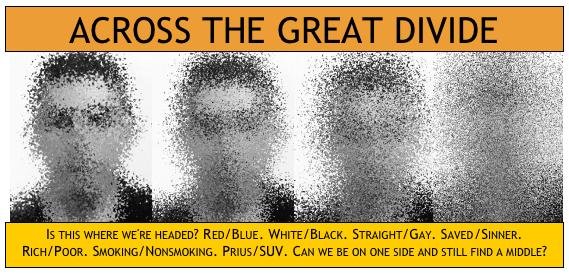Plantation America
The U.S. Census Service's 2003 American Housing Survey found that 3 million out of 72 million owner-occupied homes in the country were in gated communities.
—Honolulu Advertiser
Four percent of home owners live in gated communities — not counting resorts or Kennebunkports and Crawfords with their own gates or condos with doormen — and roughly 98 percent of these presumably privacy-seeking folks seem to want you to know it.
Nearly 30 years ago, a planned community was built in these parts with a guard house and drop arm. This being Minnesota, the introduction was seen as a lack of neighborliness piled atop pretense, and soon, the guard and the gate went. But the guard house and the reputation stayed. A few years ago, a new development sprang up nearby our place. Nice brick gate house, but no attendant or gate. I'm not sure if the faux gate counts in the growing 3 million, but it certainly counts for status, without the labor costs and inconvenience.
Of course, once the floodgates of the gate-without-guard approach opened, something had to be done to stop devaluation of the gated concept.
Recently, I had a conversation with a college professor who is a member of a singing group in Florida. Over the holidays, they were hired to do caroling at a home located in a gated community within a gated community.
This phenomenon had so far escaped me, since in our social circle, holiday entertaining doesn't even require matching place mats. If you need verification that gate-within-gate is a trend, check out here and here.
Surely there hasn't been a big gated community crime wave forcing frightened millionaires ever deeper into fortresses of 19th Century solitude. More likely it's become necessary to better discriminate the driving from the driven, the Beemers from the Bentleys.
Of course, it's not actually called segregation in the marketing of developments like Waterford:
Yet Waterford will remain exclusive. Marketing research indicated that some people want the very private, spacious waterfront land for larger custom homes. Waterford's building guidelines allow for homes to reach a maximum of 13,000 square feet with separate carriage houses of up to 5,000 square feet.
"Waterford is going to be high-end all the way around," Elder said.
The architectural theme of Waterford is "Southern American Plantation" and can include Colonial or Greek revival types of homes.




0 Comments:
Post a Comment
<< Home